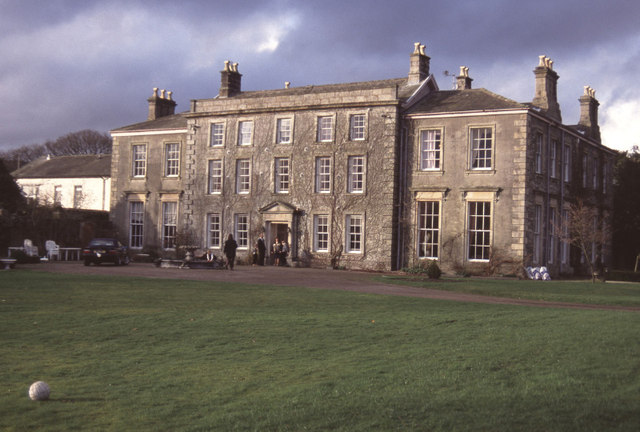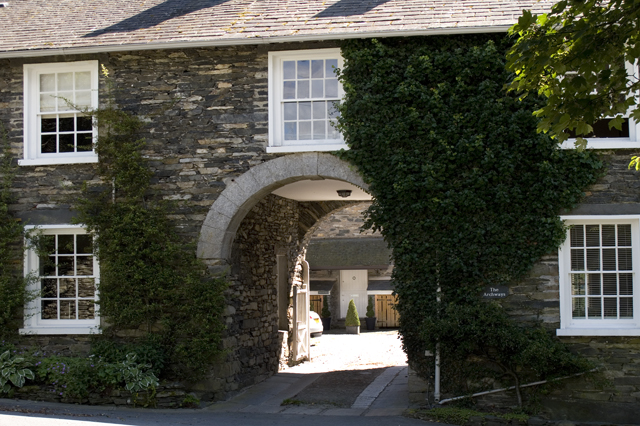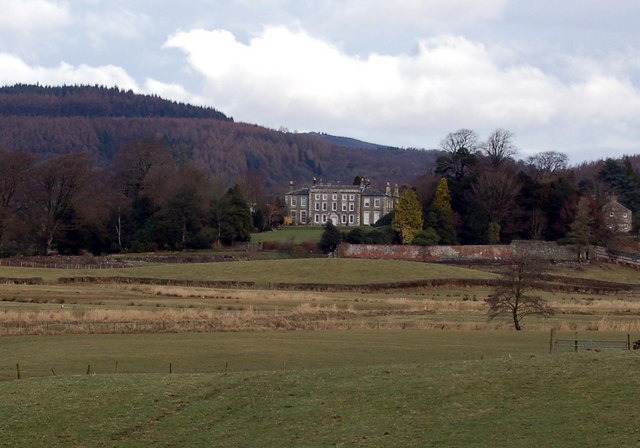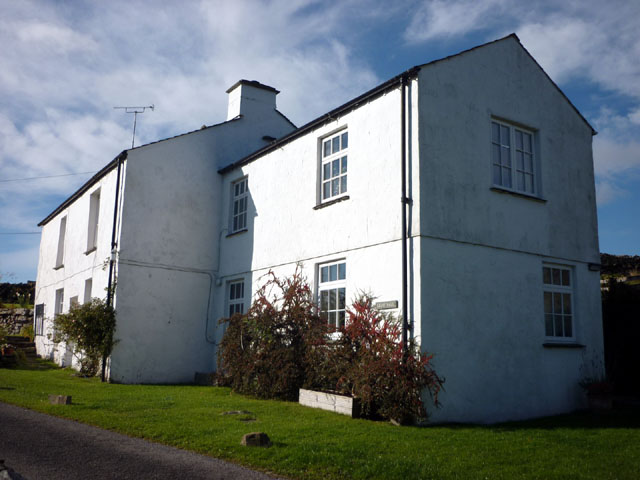Topics > Cumbria > Rusland > Rusland Hall
Rusland Hall
Rusland Hall is a country house in the English Lake District. The present building dates from about 1720. The Hall was owned by the Rawlinson family in the 17th and 18th centuries, and by the family of Beatrice Webb in the 19th century. For a time in the later 20th century it housed a museum of mechanical musical instruments.
Location
Rusland Hall stands at the head of the Rusland valley near to Rusland cross, between the foot of Windermere and Coniston. On either side of the approach road to Rusland Hall are of broadleaved deciduous woodland, rich in wildlife, clothing the valley sides. The valley sides are drained by many becks which converge to form the stream called Rusland Pool.
The hall's grid reference is SD3388.
History
The main house (on the site of an earlier building) was built in about 1720 (and extended in the 1840s) by the Rawlinson family who also owned nearby Graythwaite Hall. It is thought that the Rusland Beeches were planted during this time.
Rusland Hall has had a colourful history. Captain William Rawlinson had been a Parliamentarian leader in the civil war between 1642 and 1651 but had been granted an indemnity on the Restoration. Much to William’s disapproval his eldest son, Thomas Rawlinson, was converted to the Quaker faith following George Fox’s visits to the Furness area. Rusland Hall remained the seat of the Rawlinson family until 1750 and then the Archibald family owned the hall until it was sold out of the traditional landed gentry in the mid 1900’s. Rusland Hall was taken for a time in the late 1880s as a holiday home by the family of Beatrice Webb, who with her husband Sidney founded the London School of Economics. Her diaries, started at the age of 15, highlight her time at Rusland: In later years the hall was variously a girls’ school, a children’s home and perhaps most famously a mechanical music museum between 1970 and 1987. Rusland Hall was bought by the Ramsden family in 1995 but later sold in 2002. It is currently owned by Mike Dwan, a businessman from Manchester, and his wife Amanda.
Mechanical Music Museum
John and Norma Birkby from Furness restored the fabric of the house to its former Georgian interior and exterior. Following restoration the house was opened to the public and became well known for a collection of mechanical musical instruments which was recognized as one of the largest collections in Europe. Many rare items from the period in musical history preceding the gramophone could be seen and heard, including self-acting pianos, pianolas and even pneumatic "orchestrelle" organs.
Also on display was vintage photographic equipment including James Bond’s Minox spy camera. The Birkbys also introduced white peacocks to Rusland Hall where they thrived and entranced visitors to the house and gardens. John, Norma and son, Robin Birkby, went on to restore two hydro power projects in South Wales.
The gardens
The gardens are landscaped in the manner of Capability Brown with sweeping vistas and many specimen trees and shrubs. The Birkbys spent many years retrieving features such as the "Ha ha" ditch. Also time was spent restoring the old roses on the Lakeland slate steps and nurturing the ancient and rare trees such as the magnificent cedar of Lebanon which has been felled in recent years. Each custodian of the estate has the desire to put their stamp on the house and garden but its essence still remains.
Visit the page: Rusland Hall for references and further details. You can contribute to this article on Wikipedia.
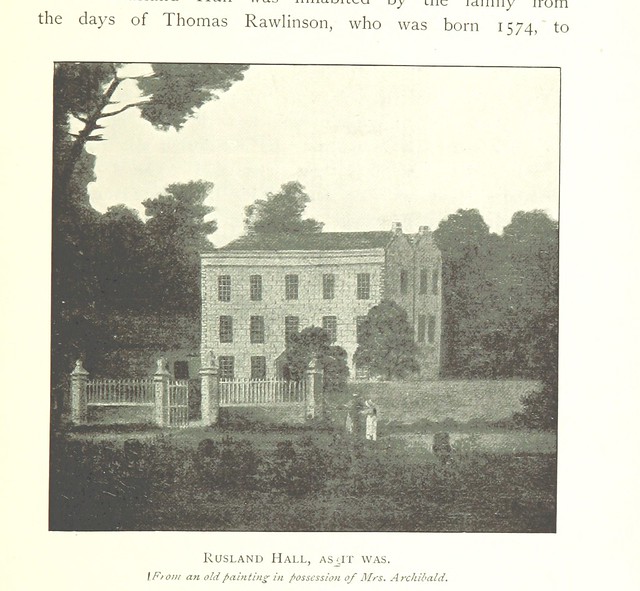
from Flickr (flickr)
Rusland Hall as it was. (from an old painting in possession of Mrs Archibold)
Pinned by Simon Cotterill

from https://historicengland.org.u…
RUSLAND HALL - List Entry
- "House. Late C17 or early C18 with additions of c.1850. Stuccoed stone with slate roofs. 3 storeys, 5 bays with 2-storey, 2-bay wings breaking back. Centre has top cornice and …
Added by
Simon Cotterill


from Flickr (flickr)
Rusland Hall as it was. (from an old painting in possession of Mrs Archibold)
Pinned by Simon Cotterill

from https://historicengland.org.u…
RUSLAND HALL - List Entry
- "House. Late C17 or early C18 with additions of c.1850. Stuccoed stone with slate roofs. 3 storeys, 5 bays with 2-storey, 2-bay wings breaking back. Centre has top cornice and …
Added by
Simon Cotterill
